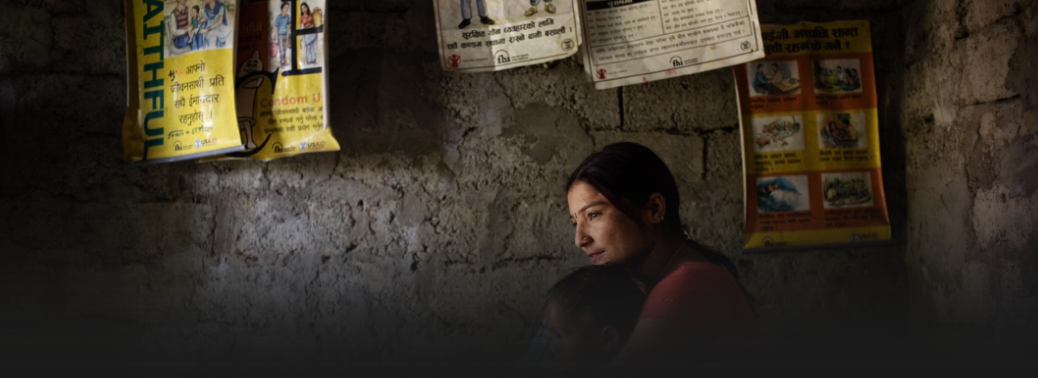36 YEARS AFTER, GIRLS STILL FORCED INTO DEVADASI CUSTOM
15, Jan 2019

Prelims level : Indian Society
Mains level : Women Empowerment
Context:
- With no will to enforce the 1982 Act, girls from marginalised communities in Karnataka are still trafficked
Details:
- More than thirty-six years after the Karnataka Devadasis (Prohibition of Dedication) Act of 1982 was passed, the State government is yet to issue the rules for administering the law. Meanwhile the practice of dedicating young girls to temples as an offering to appease the gods persists not just in Karnataka, but has also spread to neighbouring Goa
Recent Studies:
- Two new studies on the devadasi practice by the National Law School of India University (NLSIU), Bengaluru, and the Tata Institute of Social Sciences (TISS) in Mumbai, paint a grim picture of the apathetic approach of the legislature and enforcement agencies to crack down on the practice, particularly prevalent among oppressed communities of north Karnataka
- A disturbing aspect revealed by the new studies is that special children, with physical or mental disabilities, are more vulnerable to be dedicated as devadasis — nearly one in five (or 19%) of the devadasis that were part of the NLSIU study exhibited such disabilities
- The NLS researchers found that girls from socio-economically marginalised communities continued to be victims of the custom, and thereafter were forced into the commercial sex racket.
- The TISS study buttresses the point by stressing that the devadasi system continues to receive customary sanction from families and communities.
- Reporting of cases pertaining to the custom under the Karnataka law is very low, with only four cases filed between 2011 and 2017. None of these cases were filed in Ballari, where village and district authorities indicated that identifying and preventing the incidents was difficult. The law is used sparingly, and focuses on prosecution (including of the victims themselves) with no framework for rehabilitation.
- Despite sufficient evidence of the prevalence of the practice and its link to sexual exploitation, recent legislations such as the Protection of Children from Sexual Offences (POCSO) Act 2012, and Juvenile Justice (JJ) Act of 2015 have not made any reference to it as a form of sexual exploitation of children, the NLSIU’s Centre for Child and the Law noted in its report
- Dedicated children are also not explicitly recognised as children in need of care and protection under JJ Act, despite the involvement of family and relatives in their sexual exploitation. India’s extant immoral trafficking prevention law or the proposed Trafficking of Persons (Prevention, Protection and Rehabilitation) Bill 2018, also do not recognise these dedicated girls as victims of trafficking for sexual purposes.
- The State’s failure to enhance livelihood sources for weaker sections of society fuels the continuation of the practice, the studies underline. More inclusive socio-economic development apart, NLSUI has mooted a legislative overhaul and a more pro-active role from State agencies.
About Devadasi:
- Devadasi system is a religious practice in parts of southern India, including Andhra Pradesh, whereby parents marry a daughter to a deity or a temple. The marriage usually occurs before the girl reaches puberty and requires the girl to become a prostitute for upper-caste community members. Such girls are known as jogini. They are forbidden to enter into a real marriage
- There have been opinions of many hues and colors about the genesis and growth of this system. There are many factors that come into consideration when we try to trace the origin and the development of this intriguing system.
- Factors like religious beliefs, caste system, male domination and economic stress have been recognized as the stimulants behind the perpetuation of this phenomenon.
Historical Perspective:
- The begining could be perhaps mapped out in the inscription found in temples. “The word Emperumandiyar which was used in the sense of Vaishnavas before 966 A.D. got the meaning of dancing girls, attached to Vishnu temples, in inscriptions of about 1230-1240
A.D. in the time of Raja Raya III. - In Maharashtra, they are called ‘Devadasis’ meaning female servants of God’.It should also be noted that in many quarters the emergence of the “devadasis” has been linked to the downfall of Buddhism in India.”That the devadasis were Buddhist nuns can be deduced from many evidences. They are unknown to ancient India. Jaatakas, Kautillya or Vatsayana do not mention them, but later Puranas found them useful.
- The system started only after the fall of Buddhism and records of them start appearing around 1000 A.D.”
- It is viewed that the “devadasis” are the Buddhist nuns who were degraded to the level of prostitutes after the temples were taken over by the Brahmins during the times of their resurgence after the fall of Buddhism
Times Report:
- The Devadasi system was set up, according to a Times of India report (10-11-1987) as a result of a conspiracy between the feudal class and the priests (Brahmins). The latter, with their ideological and religious hold over the peasants and craftsmen, devised a means that gave prostitution their religious sanction. Poor, low-caste girls, initially sold at private auctions, were later dedicated to the temples. They were then initiated into prostitution






